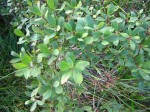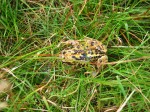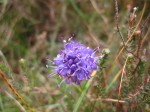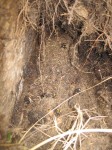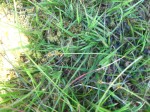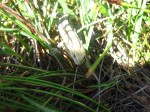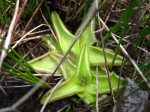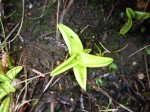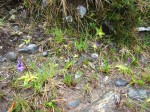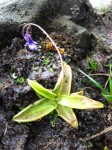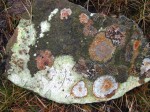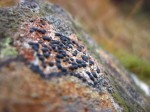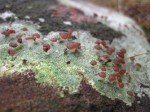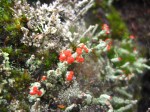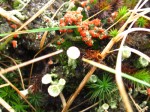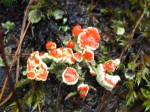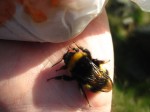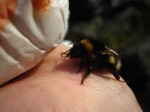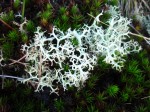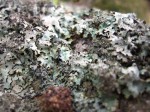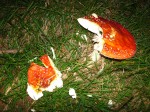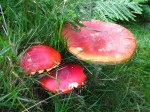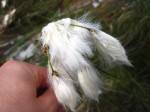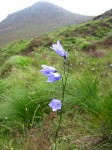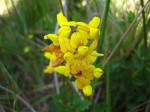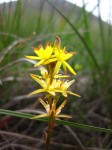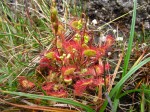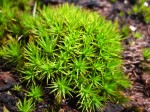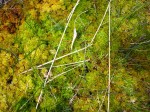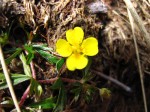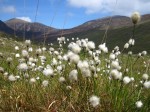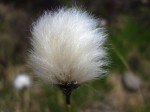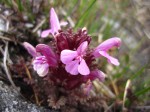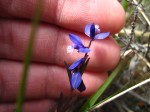This is a collection of photos I’ve taking over the last couple of years. Since doing my mountain leader course it opened my eyes to the somewhat overlooked Flora and Fauna beneath our feet.
- Bog Myrtle aka sweet gale. It’s a small fragrant shrub than can change sex from year to year.
- Frogs will be usually found around damp hill sides and are most active in the spring and summer months of the Mournes.
- Devil’s-bit Scabious, found in damp grassy places and has been used to treat all kinds of skin problems
- Underground Bee Hive, First time i’d seen this and best left alone
- Can you spot it? See next photo
- Nice close up of this lizard, can’t believe it let me take its photo! Seen in grassland and are very fast and hard to spot.
- These are two butterworts growing on top of each other. You can see the purple flower in the center is starting to emerge.
- Butterwort thrives in damp/wet ground and is often seen growing around rivers and bogs
- Lots of Butterwort growing on the edge of the Trassey Track
- This is butterwort in full bloom with its blue flower
- This rock is covered in different Lichens, I think the green/white brown bump ones on the left are Bloody-eye lichen (Ophioparma ventosa) and black and brown ones on the right are Rhizocarpon hochstetteri ( don’t ask me to pronounce that)
- This is a close up of Rhizocarpon hochstetteri showing the black bumps in more detail.
- Bloody-eye lichen grows on rocks, walls and buildings in areas of the uplands which are nutrient deficient.
- Devil’s matchsticks, there are many different species of this type of lichen with red tops and i call them all Devil’s matchsticks.
- Devil’s matchsticks, Pixie cups and star moss all living side by side in harmony.
- This I’m sure is a different type of Devil’s matchstick
- This big guy is a Heath bumblebee, it just crawled on to my hand without me noticing. Must have been after some of my sandwich.
- Side view of the Heath bumblebee, quite a friendly chap, maybe it was enjoying the heat from my hand.
- Reindeer Moss
- Parmelia saxatilis, can be found on rocks, stone walls and trees.
- Fly Agaric, grows around birch and pine woods, it would be one of the more easily recognised fungi.
- A family of Fly Agaric, these are not for eating.
- Common cottongrass, grows in bogs and is a good indicator of areas to avoid when walking. It is also known as Old Man’s Beard
- Harebells are a lovely site to see in the mountains and the sheep are quite fond of them too!
- This is Common bird’s foot trefoil, it is poisonous but has also been used for medical treatments!
- Bog Asphodel is found in boggy areas and has been used as a yellow hair dye.
- Sundew is my favorite plant in the Mournes. It grows in boggy areas and has sticky tipped leaves that it uses to catch insects
- Star Moss grows in large clumps in damp areas in the Mournes
- Sphagnum moss grows in very damp acidic locations. It was has been used as wound dressing and nappies due to it’s absorptive and acidic nature.
- Tormentil is seen all over the Mournes. It can be seen in the hills from April to October
- Hare’s tail cottongrass, similar to common cotton grass but only ever has a single flower
- Hare’s Tail, another favorite of mine
- Lousewort is small and grows in boggy places.
- Milkwort, small and very common in the Mournes. Its flowers range in colour from blue to pink or white
Reference book used was Nature of Snowdonia by Mike Raine. This book is a must have for anyone interested in Flora and Fauna in the mountains and most it can be found in the Mournes too.
Purchase link below:

